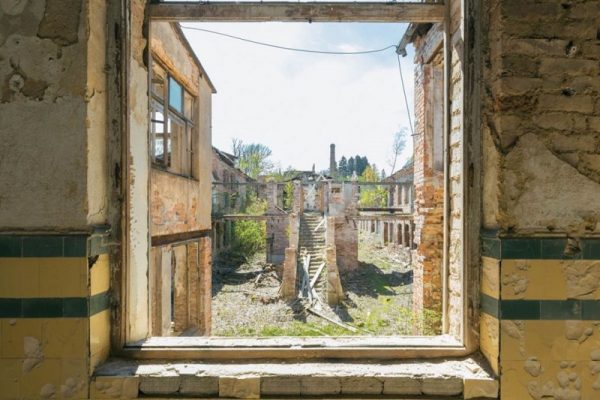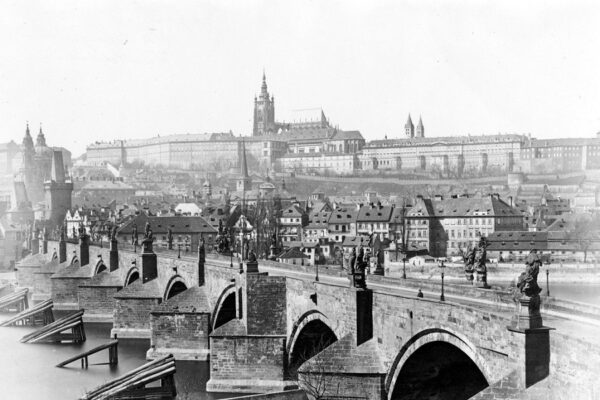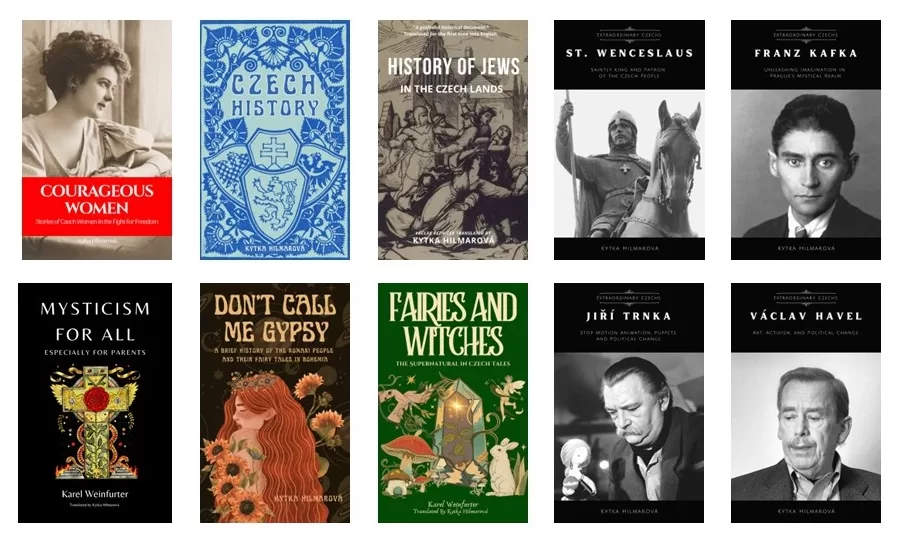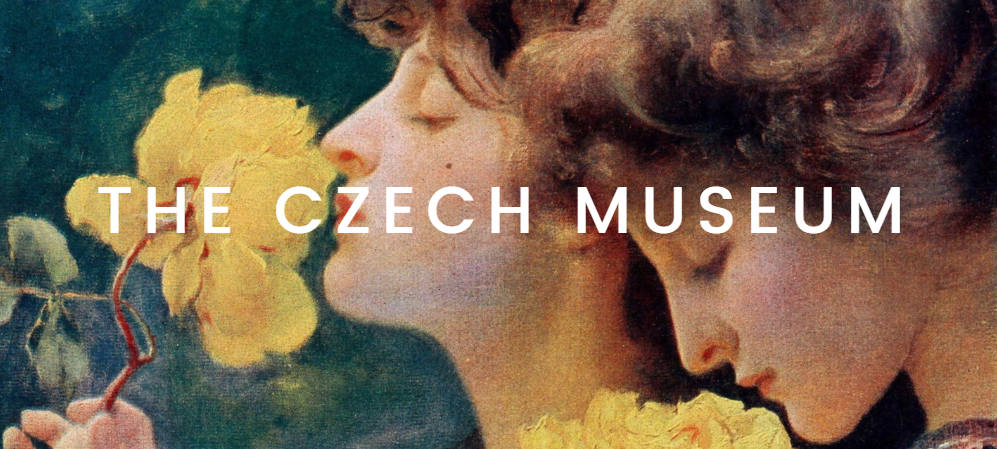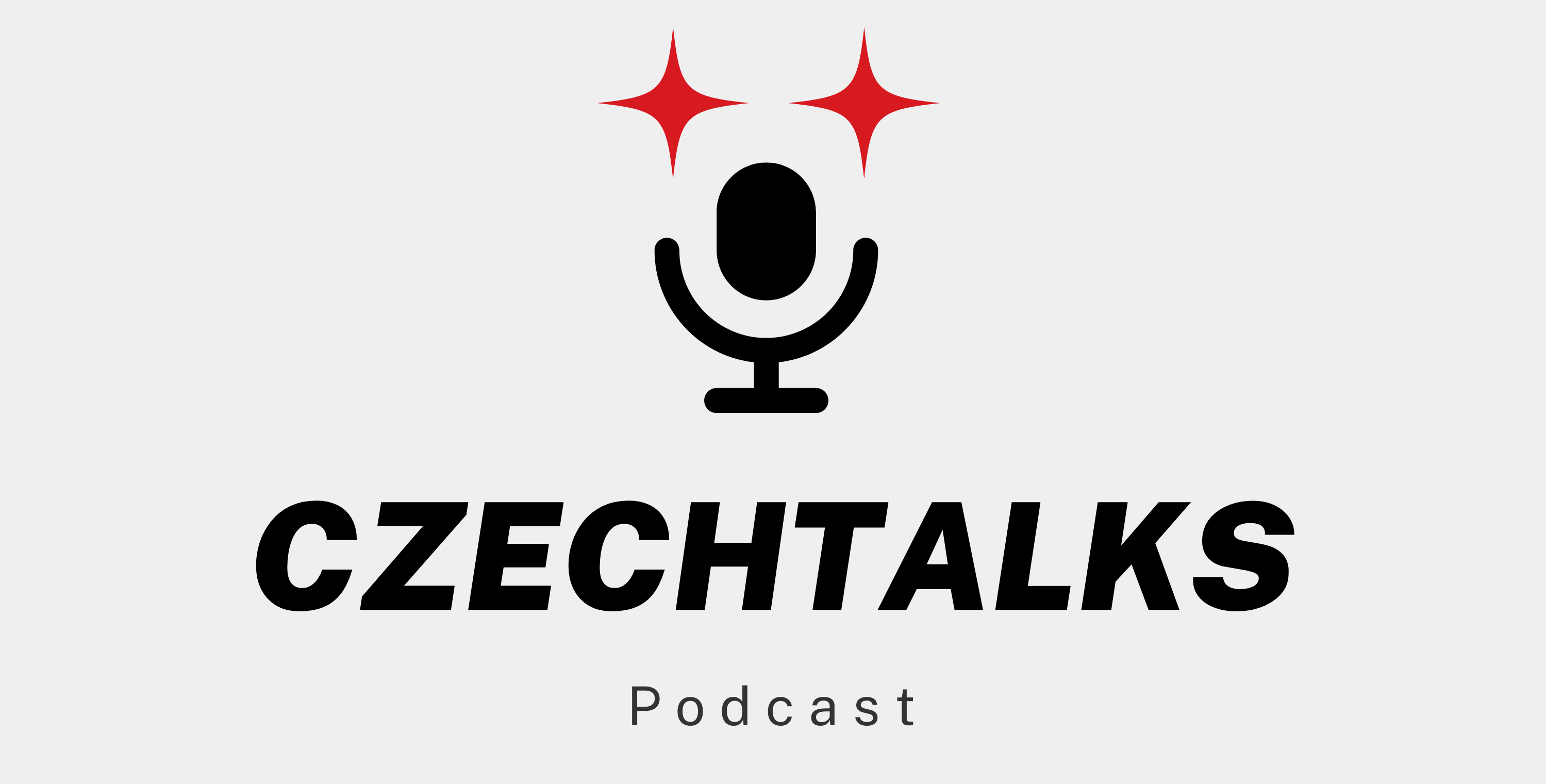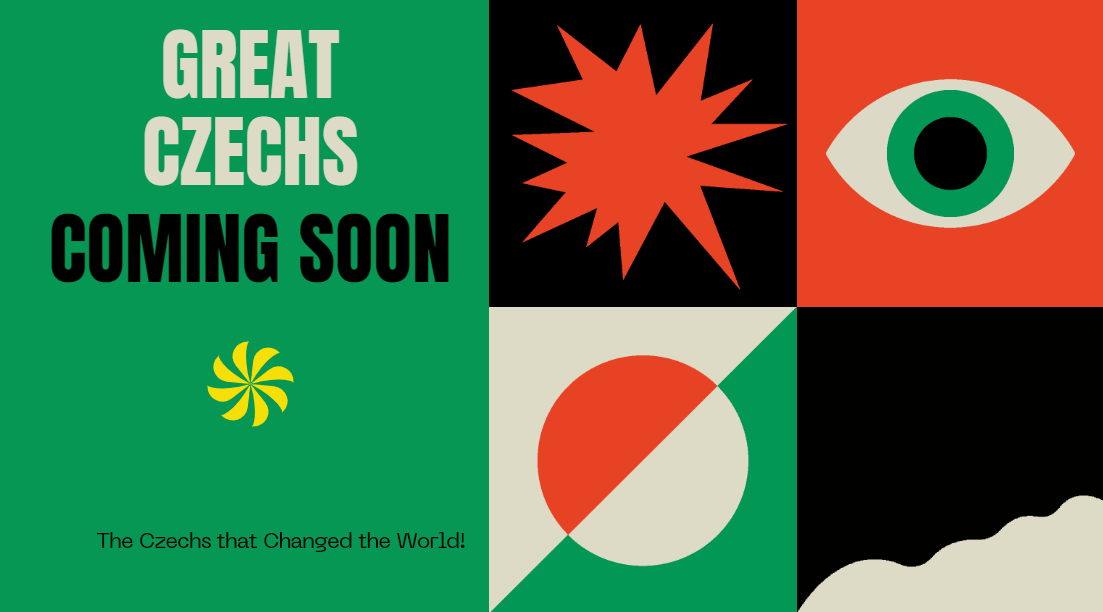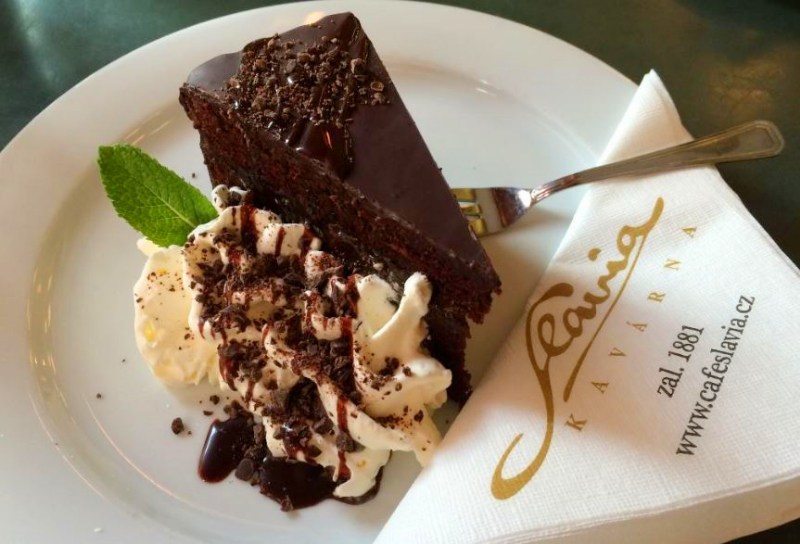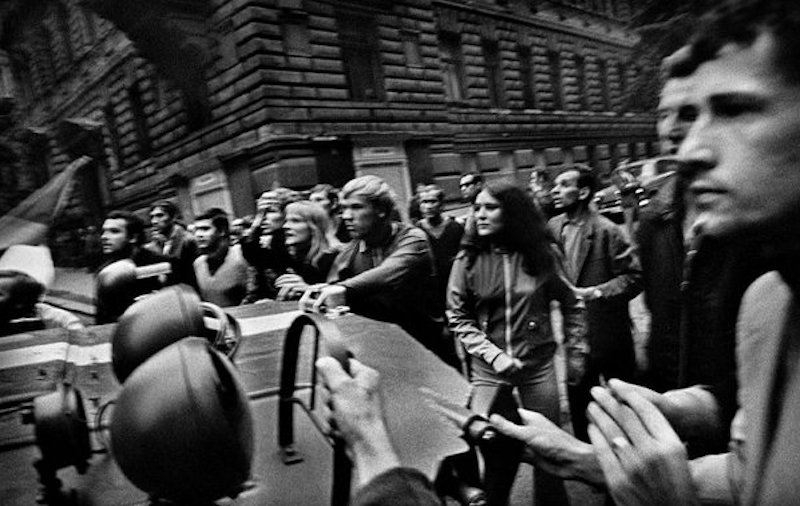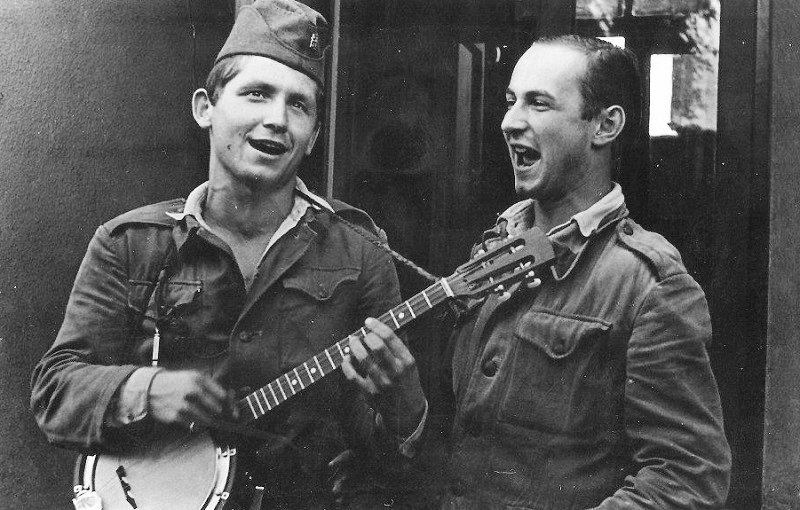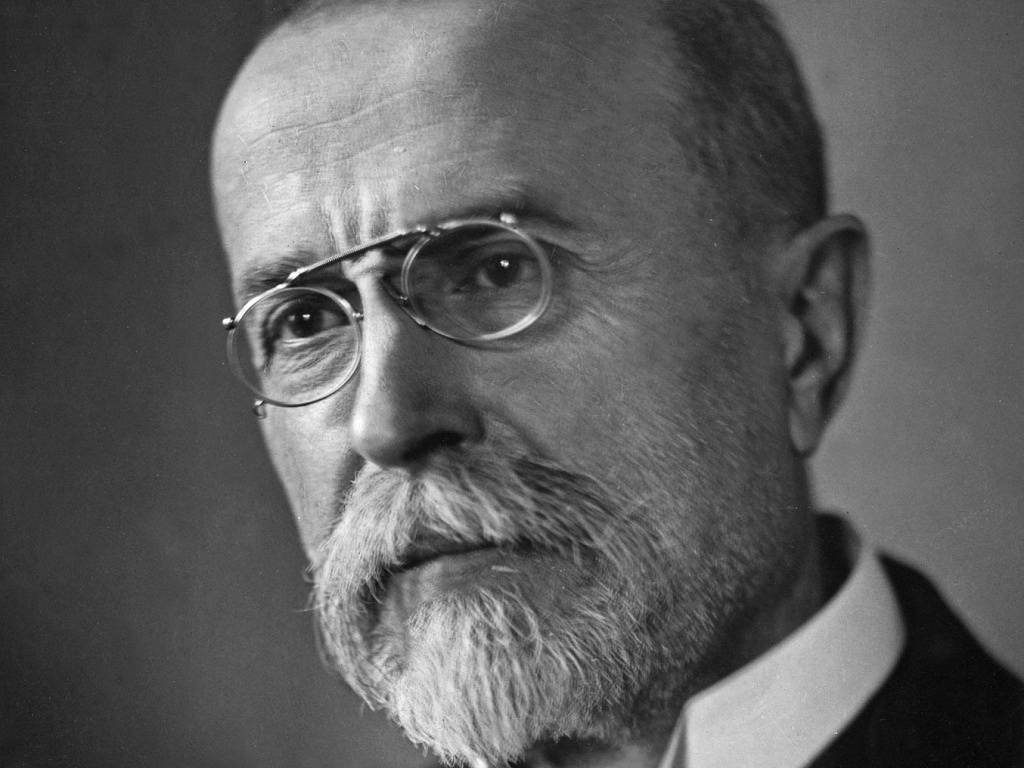The colorful banknotes of the Czech Republic feature the faces of renowned Czech figures who are known for their contributions to the Czech culture and identity. Czech crowns, known as Koruny in the Czech language, are the official currency of the Czech Republic. The banknotes of the Czech Republic come in values of 100, 200, 500, 1000, 2000, and 5000 Kč.
The first banknotes were banknotes of First Czechoslovak Republic which were established in 1918. The First Czechoslovak Republic and its banknotes were the reaction to the unfortunate split of Czech lands and Slovakia. This was not welcome by the majority of citizens, but a product of a political decision by then Czechoslovak Premier Vaclav Klaus and Slovak Head Vladimir Meciar. There was no plebiscite or referendum, because those two knew that the public would never approve it.
The provided excerpt offers just a glimpse into the extensive article. To unlock the full content, become a Patreon patron. Our team meticulously gathers and curates valuable information, sparing you hours, days, or even months of research elsewhere. Our goal is to streamline your access to the best of our cultural heritage. However, a portion of the content is locked behind a Patreon subscription to help sustain our operations and ensure the continued quality of over 1,200 pages of our work.
Alternatively, you can contribute through Venmo, PayPal, or by sending cash, checks, money orders. Additionally, buying Kytka’s books is another way to show your support.
Your contribution is indispensable in sustaining our efforts and allows us to continue sharing our rich cultural heritage with you. Remember, your subscriptions and donations are vital to our continued existence.



